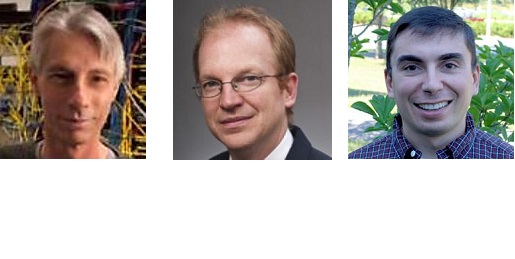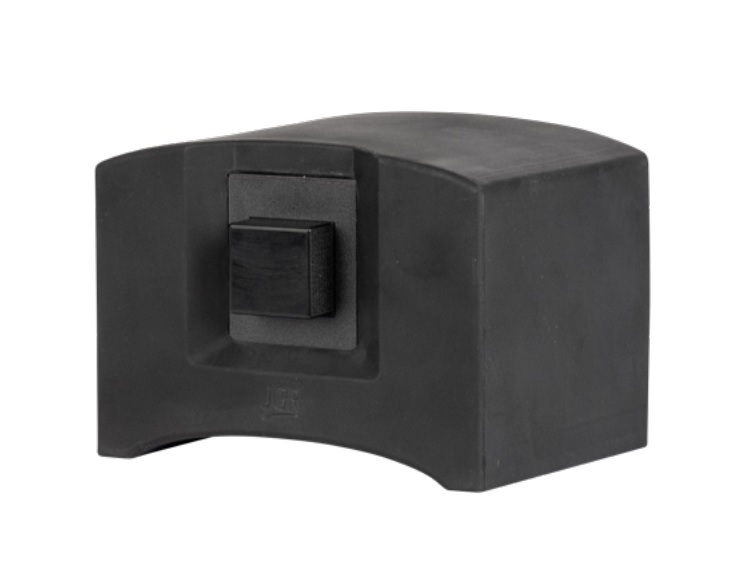December 18, 2015
Seven researchers, including three from UMass Amherst, form a multi-institutional team that recently developed the theory of covert communications and demonstrated it experimentally in optical communications.
While encryption can make a message undecipherable to an unintended observer, covert communications makes sure the observer is not even aware of the transmission.
Boulat Bash, a 2105 Ph.D from the College of Information & Computer Sciences (COINS), Dennis Goeckel of the College of Engineering and Donald Towsley of COINS are members of the team. Their article, “Quantum-secure covert communication on bosonic channels,” was reported in the Oct. 19 issue of Nature Communications.
The research, which uses long-wave infrared wavelengths, adds critical information to the exploration of covert communications, which the authors define as the transmission of information without detection by a watchful adversary.
Goeckel notes, “Both parties that are trying to communicate and those trying to stop such communications obviously have great interest in this National Science Foundation-funded project, which focuses on the fundamental limits on the amount of information that can be transmitted without detection.”
“One beauty of this work” says Towsley, “is that it not only attacks an important societal problem but it also opens up a new area of information theory. Already numerous research groups are focusing on the implications of our results and generalizing them to a greater variety of systems. We find this very exciting.”
The other members of the team are Andrei H. Gheorghe, Monika Patel, Jonathan L. Habif and Saikat Guha of the Quantum Information Processing Group, Raytheon BBN Technologies, in Cambridge. Bash has also joined that group.
The Nature Communications article extends their previous work to the optical communications domain, where quantum mechanical considerations must be taken into account. They write, “Computational encryption, information-theoretic secrecy, and quantum cryptography offer progressively stronger security against unauthorized decoding of messages contained in communication transmissions. However, these approaches do not ensure stealth – that the mere presence of message-bearing transmissions be undetectable.”
The article characterizes the ultimate limit of the amount of data that can be communicated in a covert and reliable way over an optical channel that models a range of practical communication channels now in use.
As the article notes, “We show that whenever there is some channel noise that cannot in principle be controlled by an otherwise arbitrarily powerful adversary – for example, thermal noise from blackbody radiation – the number of reliably transmissible covert bits is at most proportional to the square root of the number of orthogonal modes (the time-bandwidth product) available in the transmission interval.”
The research group corroborated its theoretical results with a proof-of-concept experiment done at a wavelength of 1.55 μm.
As the researchers conclude, “Our analysis provides evidence for optimality of long-wave infrared wavelengths for quantum-secure covert communication.”
“We thus demonstrate a truly information-theoretically secure covert communication system that allows communication when all transmissions are prohibited,” the researchers explain.












